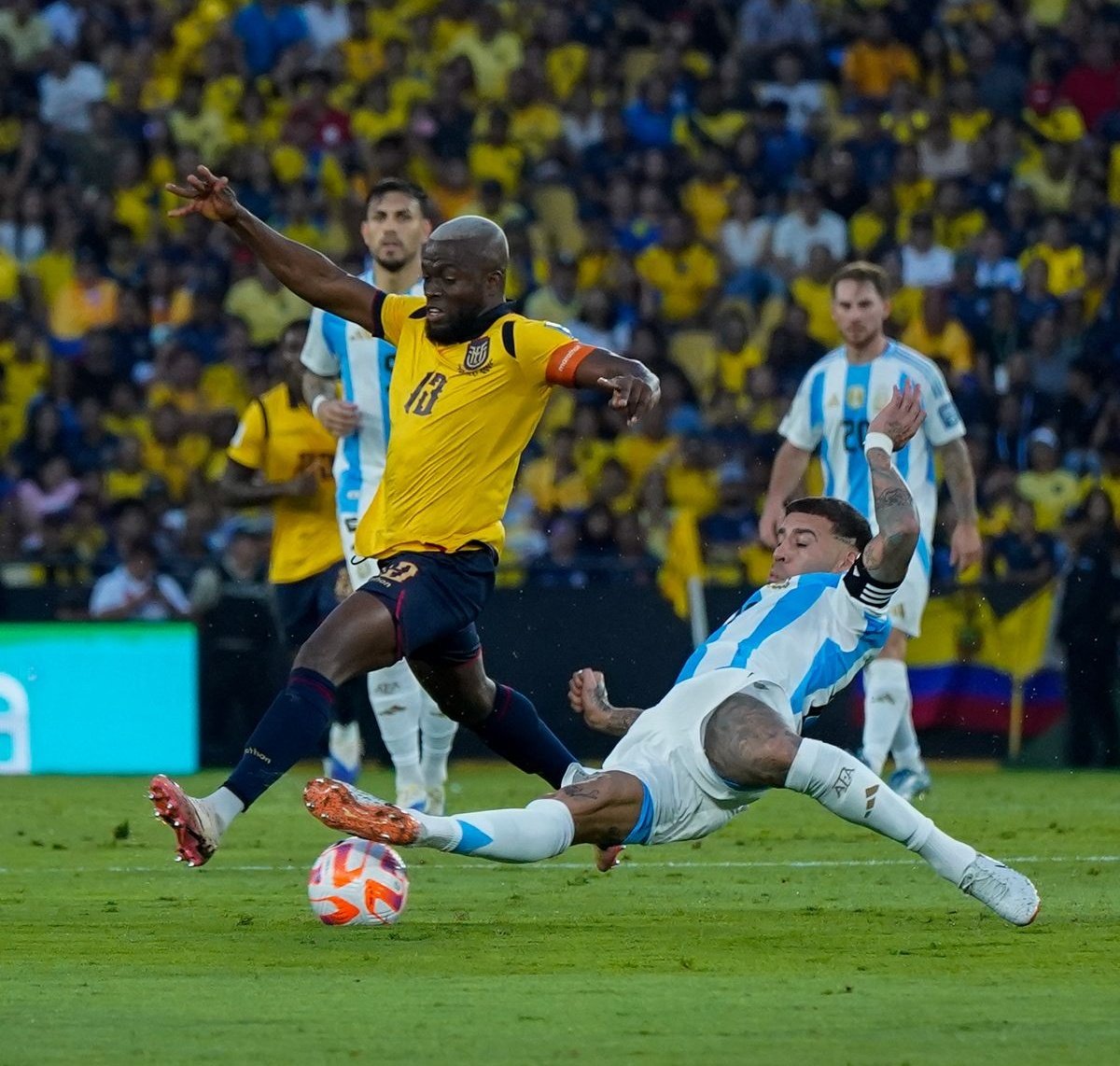Osteogenesis Imperfecta

Osteogenesis imperfecta also known as brittle bone disease, or Lobstein syndrome is a genetic disorder that prevents the body from building strong bones.
Osteogenesis imperfecta is characterized by bones that break easily often from little or no apparent cause.
According to the KidsHealth website, there are different types of OI, and the problems it causes vary.
OI is caused by mutation change in the gene that makes the protein collagen. Collagen is the most abundant protein in the human body. It is found in the bones, muscles, skin, and tendons
The mutation may be inherited from parents, sometimes if not inherited the change happens early in pregnancy when the baby is first forming.
People with OI are born with it because the collagen is not enough in their bones or is not working hence the weak bones.
Symptoms of the condition vary from person to person. The most common types of osteogenesis imperfecta and their usual symptoms are:
Type I: With this type the collagen is normal, but there isn’t enough of it. People with type I have bones that break more easily, but their bones are usually shaped normally. The first bone break usually happens when the child starts walking.
The whites of the eyes (sclera) can have a blueish tint. They may also have hearing loss as adults.
Type II: This type is the most considered severe because the collagen is not formed normally. Babies with type II are usually born with many fractures, are very small, and have severe breathing problems.
The chances of a baby surviving with this type are minimal.
Type III: In this type, collagen doesn’t form normally, and babies often have broken bones at birth. As kids get older, their bones can break easily, and they’re usually shorter than other kids their age. They may have abnormally shaped bones (such as a curved spine, a ribcage that points outward, a triangular face, or legs that bow out), breathing problems (which can be life-threatening), hearing loss as adults, brittle teeth, and other problems. The whites of their eyes can have a blueish tint.
Type IV: Collagen also doesn’t form normally in type IV. Kids usually have frequent bone breaks (which may happen less often after puberty) and abnormally shaped bones (similar to type III). They’re shorter than other kids their age and may have hearing loss as an adult.
Healthcare providers usually diagnose it during a prenatal ultrasound at 18 to 24 weeks of pregnancy. If a parent or sibling has OI, a healthcare provider can test the DNA of the foetus for the presence of an OI mutation.
There's no cure for osteogenesis imperfecta. But kids with problems related to the condition can be given medicine to strengthen bones and lower their chances of breaking.
Tags: Signstv Osteogenesis Imperfecta Collagen Oi
Related
Share this article
Experienced and versatile writer, dedicated to using my exceptional writing and editing skills to inform and advocate. My work focuses on educating and entertaining readers on a range of topics, with a particular expertise in matters of disability.
View articles

